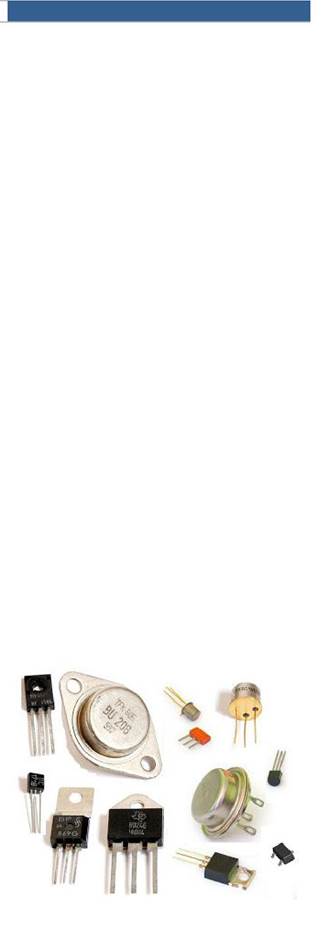104  Electronic Engineering
Electronic Engineering

 VOCABULARY IN USE
VOCABULARY IN USE
13. Complete the sentences with suitable words and word combinations given below:
electronic devicesilicondevice
designamplifiedantenna
logic electronic componentsprocessors
Semiconductor score
1. Transistor is a marvelous, virtually invisible
____________ ____________ that changed our lives.
2. The vacuum tube ____________ music and voice during the first half of the 20th century.
3. Transistors are made of semi-conductors such as _____________ and gallium arsenide.
4. Thanks to such techniques as photolithography and computer-aided
_____________, millions of transistors and other _____________, _____________, complete with wiring, can be compactly organized on an integrated circuit smaller than a cornflake.
5. If to build the sequence of transistors in one way, chip can be made to amplify weak
_____________ signals into rich quadraphonic hi-fidelity sound.
6. If transistors are arranged in a different array, arithmetic and _____________ logic processors can be created.
7. Scientists today know how to build
_____________ materials virtually atom by atom, from a wide selection of materials.
8. A_____ o f transistors, interconnected in logic gatesaccomplish a task simply and quickly.
4. ______________________________

In microchips today, containing millions of transistors 'integrated' in a particular pattern or 'design', the amplified output of one transistor drives other transistors that, in turn, drive others, etc. Build the sequence one way and the chip can be made to amplify weak antenna signals into rich quadraphonic hi-fidelity sound. Build the chip differently, and the transistors interact to create timers to control watches or microwave oven, or sensors to monitor temperatures, detect intruders, or control car wheels from locking (ABS systems). Arrange the transistors in a different array and create arithmetic and logic processors that drive calculators to calculate, computers to compute, 'process' words, search complex data bases for information, networks to 'talk' to each other, or systems that transmit voice, data, graphics and video to make our communications networks.

It may take a score of transistors, interconnected in teams called logic gates, to accomplish a task as simple as adding one and one. But put enough transistors together in appropriate patterns and transistors end up knock off big jobs by working fast-switching on and off 100 million times per second or more-and by working in huge teams.

As discrete components as in the old days, a thousand transistors would occupy dozens of printed circuit boards the size of postcards. But thanks to such techniques as photolithography and computer-aided design, millions of transistors and other electronic components can be compactly organized on an integrated circuit smaller than a cornflake.

5. ______________________________

Thus, the cost of the transistor today is virtually free. Transistors in ICs are extremely reliable. If spared from electrical shocks and blows from blunt instruments, a working microchip will probably keep on working for a hundred years.

The way to make transistors still better, cheaper, and more efficient is to understand semiconductors better. That's just what Bell Labs is up to. Its scientists know how to build semiconductor materials virtually atom by atom, from a wide selection of materials using sophisticated layering techniques that Nature herself would be proud of. So, what is a transistor? It's a marvelous, virtually invisible electronic device that has changed our lives... forever.

http://www.pc-control.co.uk/
 2017-10-31
2017-10-31 242
242








